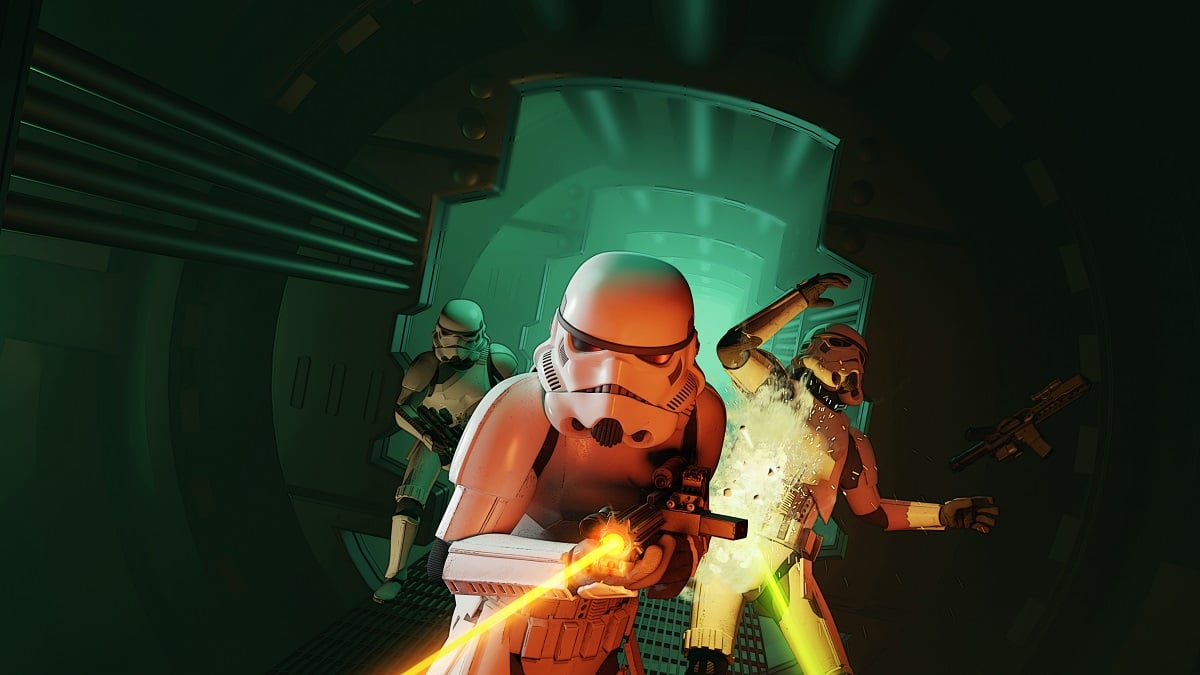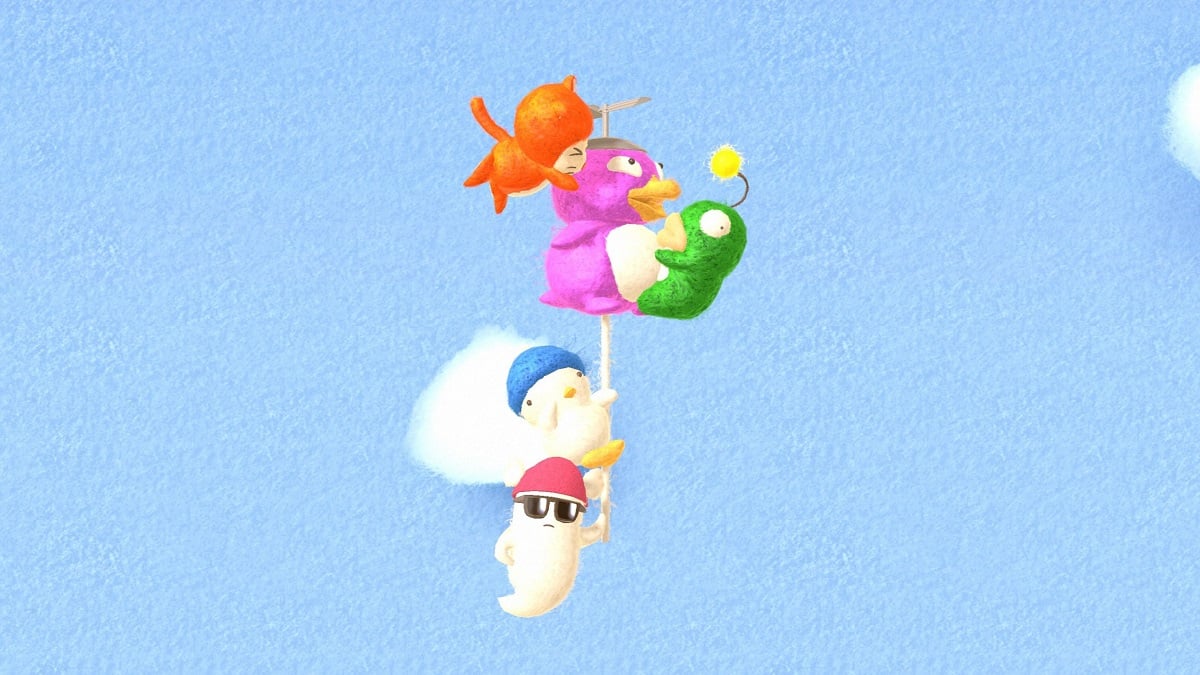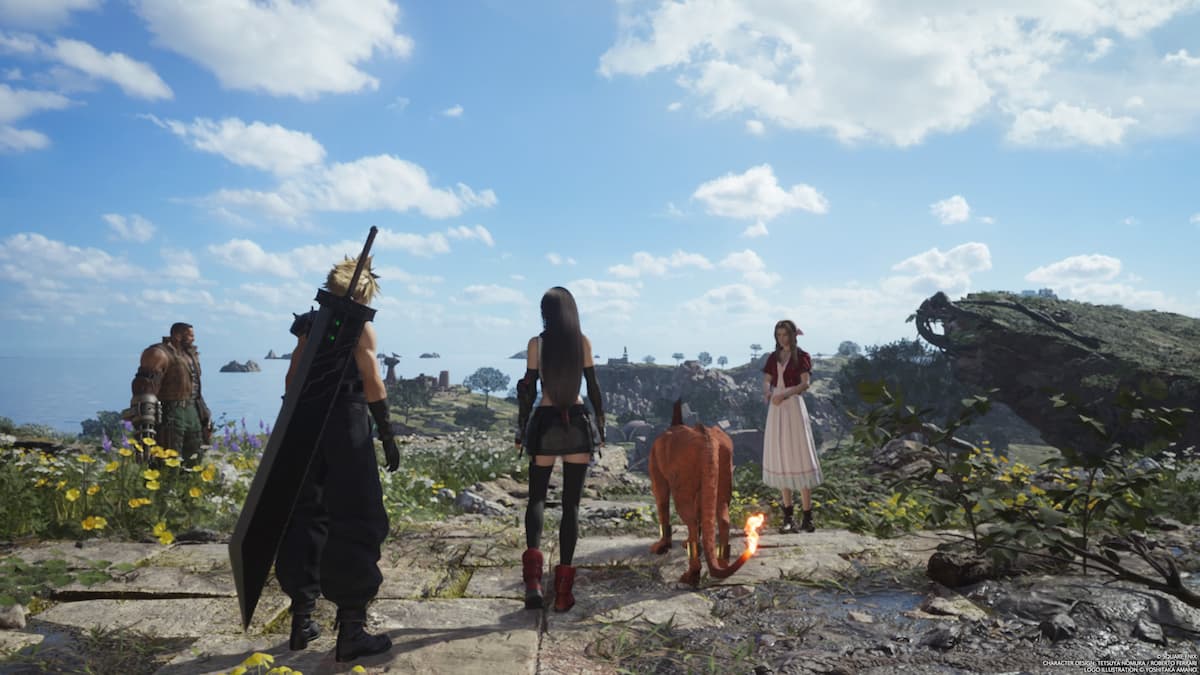Back in the late 1990s, Squaresoft was riding high on the success of Final Fantasy VII and bringing a flood of Japanese RPGs to the North American market. One was SaGa Frontier, the latest installment of a series known for its complex gameplay that Squaresoft had previously chosen not to localize for North America. While lauded in Japan, SaGa Frontier proved divisive in North America for its idiosyncratic structure and mechanics, but remained a cult classic. With SaGa Frontier Remastered, Square Enix offers the definitive take on the game by chipping away at the barriers to entry to allow the game’s best features to shine through.
SaGa Frontier offers players the opportunity to embark on a JRPG adventure as one of seven different heroes. Those heroes explore the strange and complex world, gathering party members and fighting monsters as they try to reach some personal goal that may be tied to the fate of the world. The divide between Japanese and American fans seemed to be over SaGa Frontier‘s complex systems and opaque nature. A player would often find themselves without a clear direction of where to go and what to do next. This lack of instruction would encourage them to explore until they stumbled back to the main story.

Then there were systems within systems. SaGa Frontier has four different types of characters: humans, mystics, mechs, and monsters. Each learns magic differently, if at all, unlocks new skills differently, and uses equipment differently. Humans can specialize in swords, martial arts, firearms, or magic. The former two use something called the “Glimmer system,” where new skills unlock via repeated use of skills in that family during battle. The other two disciplines rely on more traditional leveling systems.
The game explains none of this at all. During an era where tutorials could bog down games dramatically, SaGa Frontier eschewed them entirely. On the downside, the game can be frustrating to come to grips with for players who aren’t willing to check out online guides or fake it until they make it. On the upside, there’s immense freedom in the number of variables at play here on a scale unheard of in most other JRPG franchises. It’s like the SaGa team had the idea for a Skyrim-like open-world RPG a decade before they came in vogue and decided to try to achieve that through a JRPG’s framework. Those who stuck with it discovered a lovingly crafted world called the Regions, packed with seemingly every idea that came to the creators’ minds. That includes cyberpunk-style cyborgs and secret societies, magic kingdoms, ancient societies, mystical vampires, and superheroes. It’s all held together by Kenji Ito’s stellar and varied soundtrack and one fascinating environmental design after another.
SaGa Frontier‘s signature feature is the Free Scenario system. It consists of seven main characters, each with unique storylines, that players can play through in any order. While some supporting characters and sidequests repeat throughout each, the main stories are distinct in content and structure. The Henshin hero Red has the scenario most similar to a traditional JRPG, embarking on linear missions until the story opens up and allows the player to roam freely before taking on the final challenge. On the other end of the spectrum is Lute, whose scenario includes only one required dungeon, leaving players free to explore the rest of the game’s world and take on as many or as few of its optional quests as they like.
This method of storytelling allows for the details of the Regions to emerge organically through varied gameplay, investing players in the expansive science-fantasy world that director/producer Akitoshi Kawazu and his colleagues created. A player would become increasingly eager to see how each of the seven scenarios complemented the others, revealing more of the Regions’ secrets.
There was also a certain amount of tedium baked in. Progress wouldn’t carry over from one scenario to the next, meaning players would start from scratch seven times. The result was having to grind and repeat the same handful of sidequests with each new adventure to ensure their characters could manage the game’s most significant challenges.

SaGa Frontier Remastered alleviates that stress by introducing a New Game+ system. Players can choose to start each successive scenario while keeping all of the items and equipment they accrued during their previous quest. Recruited characters can also hang onto all of the experience and skills they unlocked while traveling with the party. SaGa Frontier doesn’t have character levels, but enemies increase in difficulty based on the number of battles the player has fought. New Game+ allows players to customize which game elements they want to carry over, including the battle count for an appropriately scaled challenge. The system cuts down on SaGa Frontier‘s repetitiveness, though players will want to keep multiple saves. Carrying over progress can make some of the scenarios almost comically easy, like Lute’s, which can be completed in 30 minutes if saved for the end. On the other extreme, choosing to carry over the battle count into a scenario where your favorite characters aren’t available at the outset can lead to a nearly impossible to overcome difficulty spike. But the New Game+ system acts like the best romhack a player could ask for, providing options to customize as much or as little about the game as needed to make it fit for any player’s playstyle and time constraints.
SaGa Frontier Remastered also adds an eighth main character to the mix, Fuse. He was intended for the game’s original release but cut for time. Here, Fuse’s route gets restructured into seven mini-campaigns that serve as epilogues to the other characters’ stories, and each is best played immediately after completing that character’s storyline. A few are simple, sometimes humorous retreads. Others tie up loose ends from the game’s original release, like finally giving Blue a proper ending or filling in plot holes like the origin of the Joker mask from Emilia’s story. It’s an excellent bonus for returning players, helping bring some additional closure to the game’s narratives.
While New Game+ and Fuse are the most pronounced additions to SaGa Frontier Remastered, they’re hardly the only ones. Portions cut from Assellus’s story in the original release are restored, fleshing out her complex narrative and giving players a better sense of control over which of her three possible endings they see. The ability to speed up combat and exploration by up to a magnitude of three helps trim the game’s fat. The new HD graphics make the character sprites (based on Tomomi Kobayashi’s gorgeous character artwork seen in the game’s brief loading screens) look crisp and clean, though the pre-rendered backgrounds remain a little fuzzy in spots. There’s also an unsightly user interface overlay intended for the game’s mobile release, but the eyesore is removable via the options menu.
The result of all of this is a strictly superior version of an underappreciated game, one that strips away many potential stumbling blocks for players while keeping the original experience intact. SaGa Frontier Remastered offers anyone, fan or critic of the original, plenty of reasons to revisit this sprawling, undercelebrated, unorthodox adventure.
Rating: 4 out of 5
SaGa Frontier Remastered is on sale now for PlayStation 4, Nintendo Switch, Windows PC, iOS, and Android devices. The publisher provided a review code for this review, and it was reviewed on a base model PlayStation 4.


